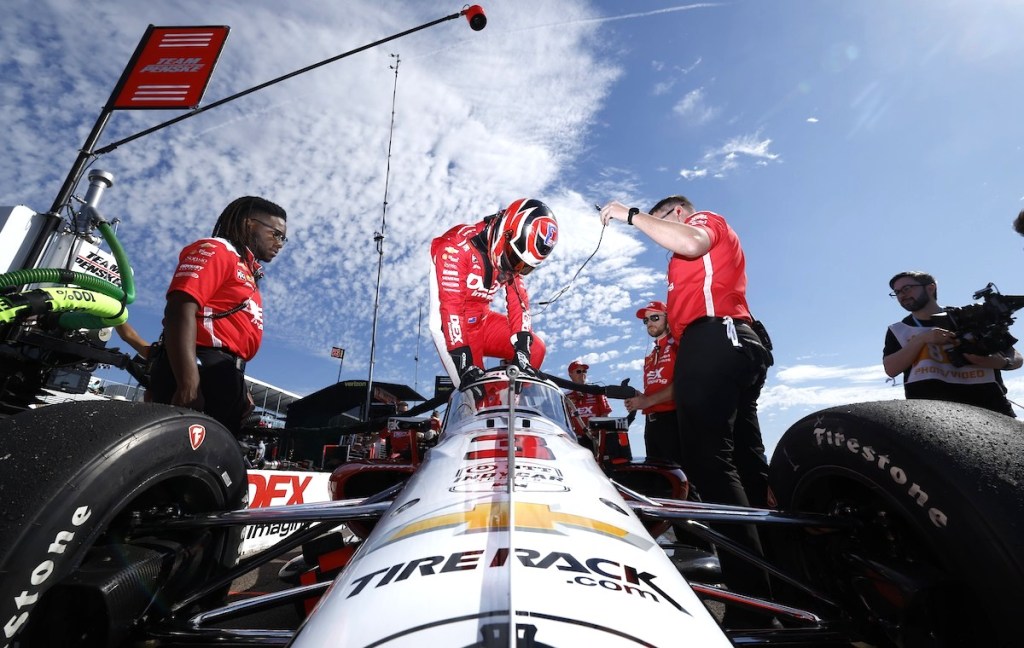
The statistics don’t lie. Since IndyCar added 105 lbs of new weight to the back of its cars at Mid-Ohio in the summer of 2024 with the Chevy- and Honda-built energy recovery systems, Scott McLaughlin has distinguished himself as the best of his peers.
From that July 7 introduction onwards, the Team Penske driver has become IndyCar’s top hybrid-era qualifier with an average starting position of 4.2, well clear of Colton Herta, last year’s championship runner up (8.0) and reigning champion Alex Palou (also 8.0) over the 10 races since the series went hybrid.
From the finish line at Mid-Ohio through the opening race at St. Petersburg earlier this month, the New Zealander also holds a meaningful edge with an average hybrid race result of 5.0, more than two full positions clear of Herta (7.2) and Palou (7.3).
Whether it’s time to set the grid or to chase victories, the three-time Australian Supercars champion has found something within the handling characteristics of his hybrid No. 3 Chevy that clearly works to his favor on road courses, street courses, and ovals. But what is it? What makes the Kiwi so good in a rear-heavy IndyCar?
“I don’t really know!” McLaughlin told RACER with a laugh. “I just think it’s me and Benny (race engineer Ben Bretzman) have found a reasonable balance number that I want, and I just drive the thing as fast as I f***ing can. And thankfully, it’s not too bad. But then I go to the test days at Sebring and Barber, and ultimately, I didn’t feel that great there. Then I come out at St. Pete, we’re fast, put it on pole. So I don’t know.
“But for sure, I’m enjoying the hybrid. I really am. I enjoy the complexities of it, like trying to figure out energy levels and what works where and how does that change throughout the lap?”